During the New Wave movement of the 1960s and 70s, science fiction authors sought to overthrow existing social and aesthetic dogmas by critiquing the status quo of sex, race relations, gender, and environmental degradation, and by incorporating stylistic innovations influenced by the Beat poets, literary modernism and post-modernism, and an interest in expanded consciousness through exploration of Eastern mysticism and psychedelic drugs. In this second installment of our exploration of the John C. Rezmerski Collection through blog posts and displays, we highlight the “dangerous visions” put forward by science fiction writers that influenced these radical social transformations.
“What you hold in your hands is more than a book. If we are lucky, it is a revolution.” -Harlan Ellison, Dangerous Visions #1
Dangerous Visions and New Worlds: Heralds of the Change
While it is difficult to pinpoint one moment when the New Wave “started,” the push to transform science fiction was perhaps most famously marked by the reinvention in 1964 of the British sf magazine New Worlds under the editorship of Michael Moorcock, who turned the magazine into a haven for such experimental authors as J.G. Ballard, John Brunner, Roger Zelazny, and Thomas M. Disch; and the 1969 publication of Harlan Ellison‘s famous anthology Dangerous Visions and its 1972 sequel Again, Dangerous Visions, which included several Hugo and Nebula award-winning stories and pathbreaking stories as Joanna Russ‘s “When It Changed,” Ursula Le Guin‘s “The Word for World is Forest,” and Samuel R. Delany‘s “Aye, and Gomorrah…”
Along with a more general incorporation of modernist and postmodernist elements of fiction like stream of consciousness, non-linear structure, and psychic and psychedelic speculations, New Wave science fiction authors presented bold utopian visions of social change and cautionary tales of disaster and dystopia in order to push society in the direction of greater freedom and justice.
Feminist SF of the New Wave
The Sexual Revolution of the 60s was mirrored in sff novels that savagely attacked patriarchy (such as Ira Levin’s The Stepford Wives and Joanna Russ’s The Female Man) and upended traditional gender binaries (as in Ursula K. Le Guin’s The Left Hand of Darkness and Suzy McKee Charnas’ Motherlines), while LGBT authors like Samuel R. Delany produced frank depictions of sex (as in his most famous novel Dhalgren) and later wrote books criticizing the governmental response to the AIDs crisis and depicting prejudice as experienced by LGBT characters.
African American Authors of the New Wave
Although racist tropes appeared frequently in science fiction of the Golden Age, in the 1960s and 70s acclaimed African American sf authors like Samuel R. Delany and Octavia E. Butler blazed a path for later authors of Afro-futurist sf that centered black experience through Hugo and Nebula-award winning novels and stories, while Black Nationalist author waged war on contemporary racism in such radical novels as Joseph Denis Jackson’s The Black Commandos and Sam Greenlee’s The Spook Who Sat by the Door.
Eco-Fiction and the Apocalypse
While the end of the world had been a subject in sf since Mary Shelley’s The Last Man and authors from the 40s onward wrote sf warning of the threat posed by the atom bomb, in 1960s disaster novels like J.G. Ballard’s The Drowned World and The Burning World and John Brunner’s The Sheep Look Up, human exploitation of the environment is presciently linked to futures of drought, climate change, and declining conditions for life on earth.
To Learn More: Check Out Our Library Display!
To learn more about the New Wave movement in science fiction and browse some mind-bending New Wave science fiction covers, check out our display on the main floor of Gustavus Library, and check out some of the Further Reading below.
Further Reading
Andrew Nette and Iain McIntyre, eds. Dangerous Visions and New Worlds : Radical Science Fiction, 1950-1985. Oakland, CA: PM Press, 2021. Print.
Peter Nicholls. “New Wave”. The Encyclopedia of Science Fiction edited by John Clute, David Langford, Peter Nicholls and Graham Sleight. London: Gollancz, updated 5 July 2021. Web. Accessed 30 November 2021. URL: https://sf-encyclopedia.com/entry/new_wave
Helen Merrick, “Fiction, 1964-1979,” pp. 102-111; Jane Donawerth, “Feminisms,” pp. 214-224; Darren Jorgensen, “Postmodernism,” pp. 279-287; and passim in Mark Bould, Andrew M. Butler, Adam Roberts, and Sherryl Vint, eds. The Routledge Companion to Science Fiction. Abingdon, Oxon, UK: Routledge, 2009. Print.
Justine Larbalestier, ed. Daughters of Earth : Feminist Science Fiction in the Twentieth Century. Middletown, CT: Wesleyan University Press, 2006. Print.
Rob Latham. “Biotic Invasions: Ecological Imperialism in New Wave Science Fiction.” Green Planets : Ecology and Science Fiction. Gerry Canavan and Kim Stanley Robinson, eds. Middletown, CT.: Wesleyan University Press, 2014. Print.
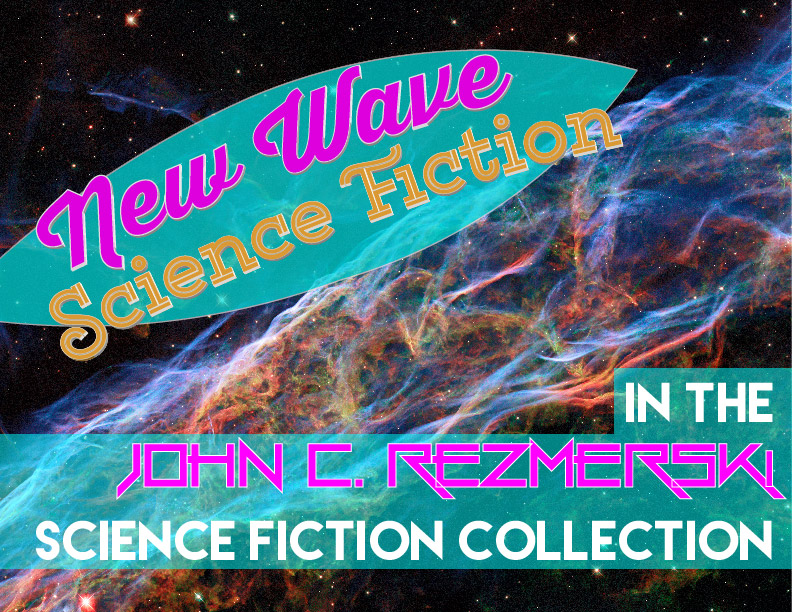

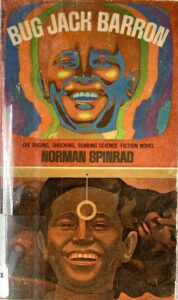
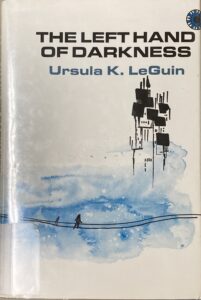
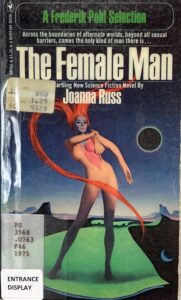

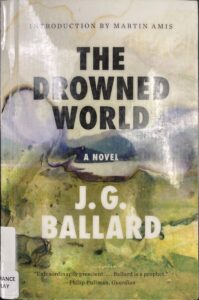

Leave a Reply
You must be logged in to post a comment.